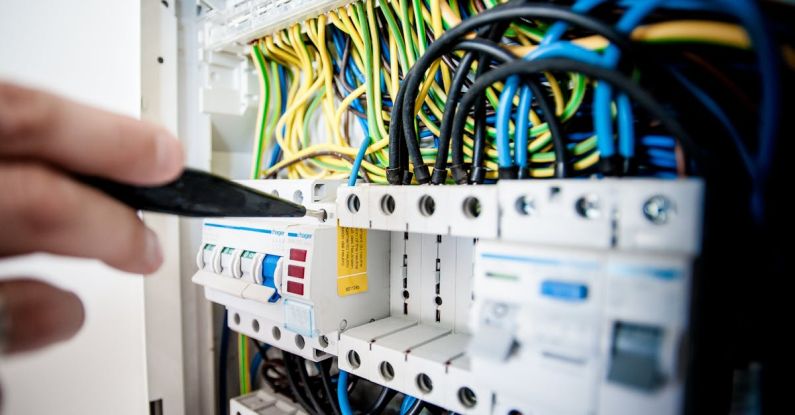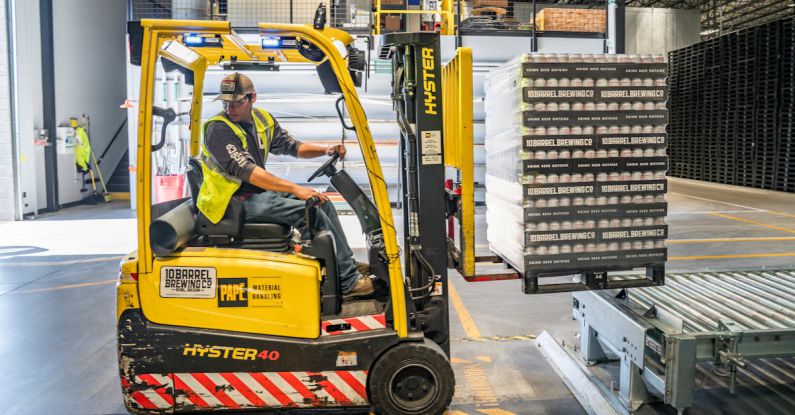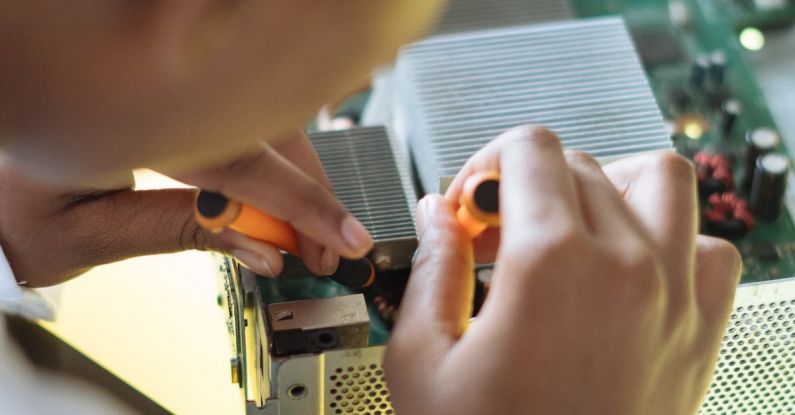
Maintaining Safety: The Key to Multi-Tool Longevity and Performance
Multi-tools have become an indispensable companion for many individuals, offering versatility and convenience in a single compact package. From DIY enthusiasts to outdoor adventurers, these handy gadgets are designed to tackle a wide range of tasks with ease. However, like any tool, regular maintenance is crucial to ensuring their safe and efficient operation. In this article, we will explore how proper maintenance practices can enhance multi-tool safety and prolong its lifespan.
The Importance of Regular Maintenance
Regular maintenance is the cornerstone of safe tool operation. Just as you would perform routine checks on your car to prevent breakdowns and ensure road safety, the same principle applies to multi-tools. Over time, wear and tear can affect the performance and safety of your tool, making it essential to conduct regular inspections and upkeep.
By incorporating maintenance into your routine, you can identify and address potential issues before they escalate, reducing the risk of accidents and injuries. Additionally, well-maintained tools tend to function more efficiently, allowing you to complete tasks with precision and ease.
Cleaning and Lubrication
One of the simplest yet most effective maintenance practices for multi-tools is regular cleaning and lubrication. Dirt, dust, and debris can accumulate in the moving parts of the tool, leading to jamming or reduced performance. To prevent this, make it a habit to clean your multi-tool after each use.
Use a soft brush or cloth to remove any visible debris, paying particular attention to crevices and tight spaces. Once clean, apply a small amount of lubricant to the moving parts to ensure smooth operation. Be sure to use a lubricant that is specifically designed for tools to avoid damaging the components.
Inspecting for Wear and Damage
Another essential aspect of multi-tool maintenance is inspecting for wear and damage. Regular use can cause components to wear down or become damaged, compromising the tool’s safety and effectiveness. Take the time to inspect the blades, handles, locking mechanisms, and other critical parts for signs of wear, corrosion, or deformation.
If you notice any issues, such as a loose blade or a cracked handle, address them promptly to prevent further damage. In some cases, it may be necessary to replace worn components to maintain the tool’s safety and functionality. Investing in quality replacement parts is a small price to pay for the peace of mind that comes with a well-maintained multi-tool.
Sharpening Blades
Sharp blades are essential for achieving clean cuts and reducing the risk of accidents. Over time, the blades of a multi-tool can become dull due to regular use, impacting its cutting performance. To maintain sharpness, regularly sharpen the blades using a sharpening stone or a dedicated blade sharpener.
When sharpening, be sure to follow the manufacturer’s guidelines to avoid over-sharpening or damaging the blade. A sharp blade not only enhances the tool’s performance but also reduces the effort required to complete tasks, minimizing the risk of slips and injuries.
Storing Your Multi-Tool Properly
Proper storage is often overlooked but is crucial for maintaining the safety and longevity of your multi-tool. Store your tool in a clean, dry place away from moisture and extreme temperatures to prevent rust and corrosion. Consider using a protective case or sheath to prevent accidental damage and ensure safe transportation.
By incorporating these maintenance practices into your routine, you can enhance the safety, performance, and longevity of your multi-tool. Remember, a well-maintained tool is not only a reliable companion for your tasks but also a safer one. Take the time to care for your multi-tool, and it will serve you well for years to come.





